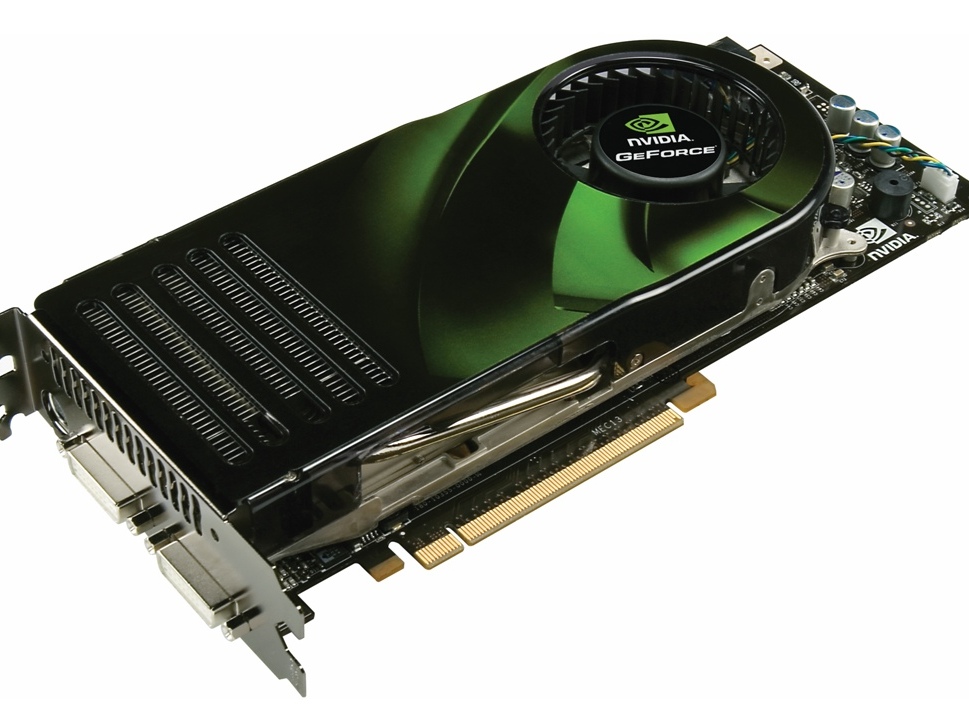IDF Spring 2007: Intel's Larrabee mystery
A graphics chip by another name?

Intel 's much rumoured Larabee project received its official debut at IDF in Beijing this week, but the Californian silicon specialist refused to confirm whether the chip was primarily designed as a graphics processor.
Prior to IDF, Larabee was thought to be Intel's latest effort to enter the high performance graphics market as well as a direct response to the acquisition of Canadian graphics outfit ATI by arch-rival AMD .
However, in a brief announcement at IDF Intel remained cagey about the new processor, describing it as a "highly parallel, IA-based programmable architecture" designed for "applications such as scientific computing, recognition, mining, synthesis, visualisation, financial analytics and health applications". Performance-wise, Intel has set an eye-opening 3-teraflop target for the Larabee processor.
That's at least an order of magnitude beyond any consumer-class chip it currently produces, and broadly in line with where high end GPUs are expected to be in 18 months to two year's time.
General-purpose GPU?
Intriguingly, the workloads Intel chose to highlight are extremely similar to those which both AMD and Nvidia have been trumpeting for the general-purpose capabilities of their latest high end graphics chips. What's more, the basic floating-point-array design of Larabee is not far removed from the unified-shader architecture of the latest DirectX 10 GPUs such as Nvidia's 8 Series and ATI's long delayed R600 chip .
In other words, Larabee walks and talks a lot like the high end GPUs of tomorrow. Nevertheless, it's worth noting that even the latest and most programmable GPUs still contain significant quantities of dedicated circuitry for video rendering. For now, it's not clear whether Larabee will be fully kitted out for graphics rendering.
For the record, Intel did not disclose a timeframe for the launch of the first processor based on the Larabee initiative.
Sign up for breaking news, reviews, opinion, top tech deals, and more.
Tech.co.uk was the former name of TechRadar.com. Its staff were at the forefront of the digital publishing revolution, and spearheaded the move to bring consumer technology journalism to its natural home – online. Many of the current TechRadar staff started life a Tech.co.uk staff writer, covering everything from the emerging smartphone market to the evolving market of personal computers. Think of it as the building blocks of the TechRadar you love today.